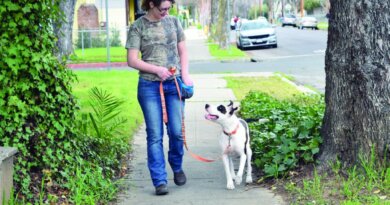Does My Dog Need a Coat?
When the mercury drops and the snow flies, you can almost hear a swish of canine hearts as they take to the sky. Most, that is, but not all of them. There are dogs that long to avoid even a hint of Jack Frost altogether. While others, look forward to this most wonderful time of the year, age and health conditions can start to make cold a more difficult foe to contend with.
To help our beloved friends we can add an extra layer of warmth for insulation, but when does a dog need a coat?
While it would be phenomenal to simply plug a few variables into an algorithm and find out if our four-legged friends are uncomfortably chilled and at what temperature they would appreciate an extra layer, unfortunately, the result would always be: it depends.

When are dog coats needed?
Physiologically speaking, dogs have the ability to maintain their body temperature within optimal boundaries even when the surrounding temperature differs based, in large part, on several factors. Quite literally size matters and when it comes to body heat retention, typically, the bigger the dog, the lower the temperature they will be able to joyfully frolic in. In addition, coat quality, activity level, age, health, and the conditions to which a dog is acclimatized are also important factors.
Nature is full of surprising tricks that can change the equation, however, and rather quickly too.
Should a typically cold-hardy, extra-large Great Pyrenees, who was born and raised in Northern Minnesota, develop diabetes, heart disease, kidney disease, or a hormonal imbalance (such as Cushing’s disease) – physiological conditions that make regulating body temperature a challenge—she very likely would benefit from the addition of an extra layer.

Your dog will tell you if he needs a jacket
If your dog is cold, their behavior will tell you. They may seem reluctant to go outside, walk very slowly, exhibit whining or barking, even shivering or trembling. Should you share your heart and home with a stoic-dog who will endure pain and hardship without much fanfare, your job is a bit harder. You have to watch closely and look for subtle changes in their typical daily behavior and those that may seem totally unrelated to cold. It can take some sleuthing, but once you identify it, you’ll never miss it again.
The most important thing we can do for our four-legged friends is to become a keen observer, especially as the conditions change outside and within them over time. Like all relationships, developing this awareness takes work, but it’s work that is so worth doing.
Read Next: The Best Dog Winter Coats and Jackets





